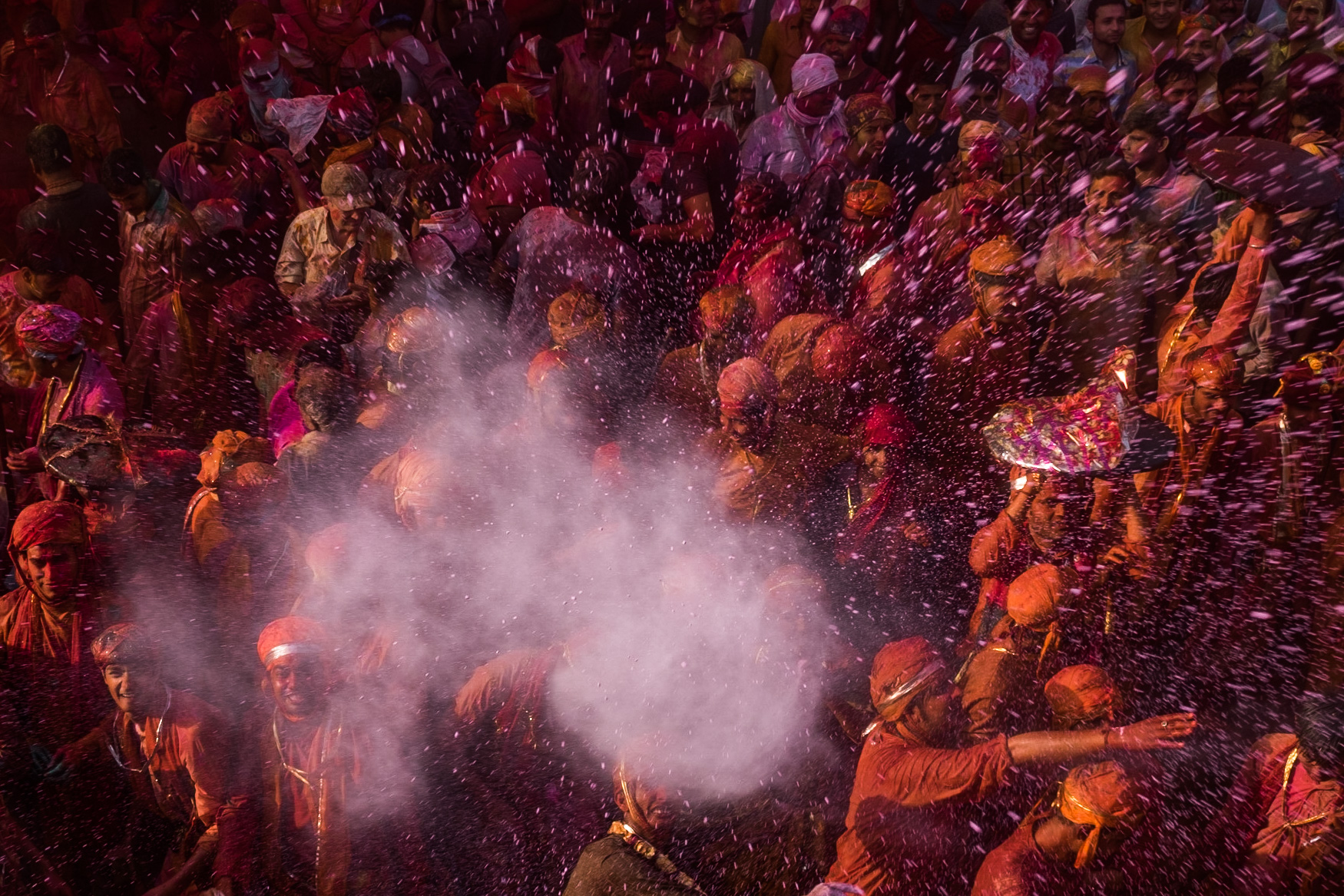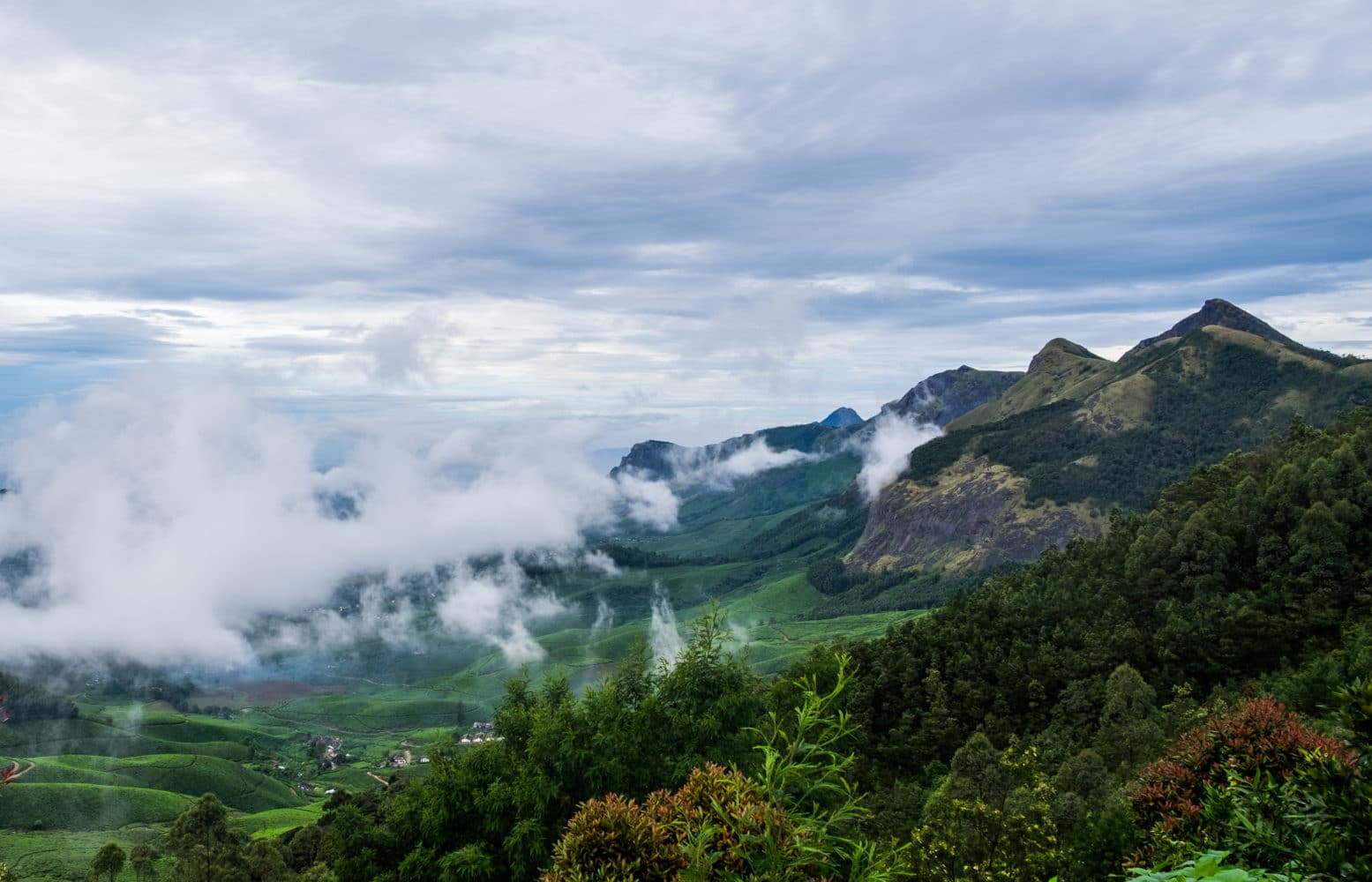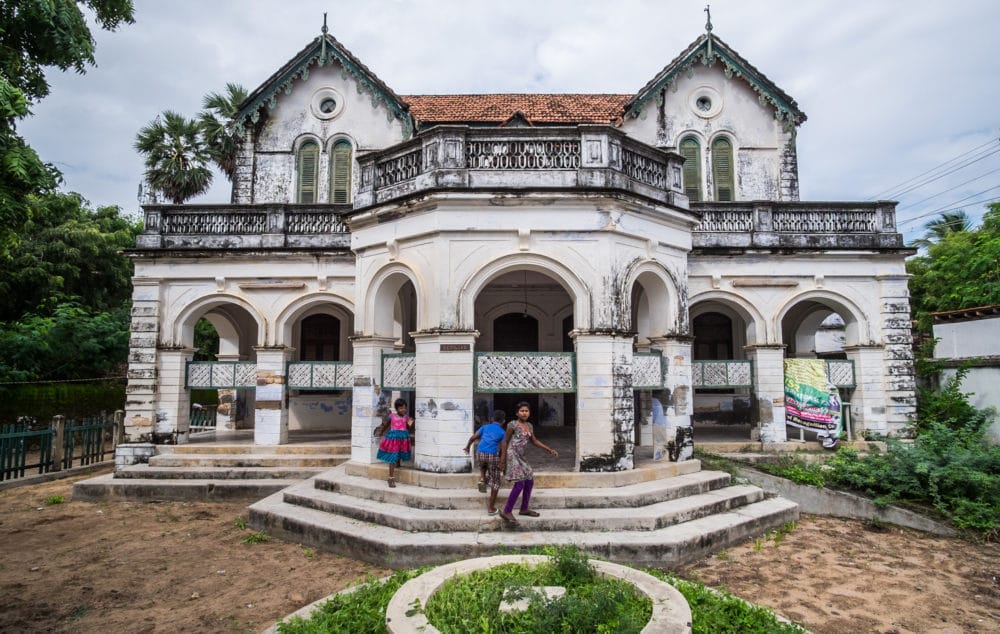This story first appeared in The Daily Pao
Guide books such as Lonely Planet have always been excellent sources of information. They’re great for finding out about the best places to eat, the safest places to stay and the top sights in any town, but fall somewhat short for the traveller who prefers to wander on the road less travelled, especially in a vast country like India. For such travellers, the friend you made in the backpacker hostel and locals such as the auto guy and the owner of the tea stall are more exciting storehouses of information. While we use guide books, random conversations, chance encounters and the occasional internet search have taken us to some amazing places. Here’s a quick look at some of our favourite offbeat places in India.

The Ultimate Holi: Barsana and Nandgaon, Uttar Pradesh
Set in the heartland of eastern U. P., the twin villages of Barsana and Nandgaon, along with the nearby towns of Mathura and Vrindavan, hold an important place in the folklore of Krishna. Aside from their association as the villages where Radha and Krishna grew up, played and frolicked, Barsana and Nandgaon are also home to some of the craziest Holi celebrations in the country. For a week preceding the actual festival, these two villages along with others in the region shut down as people pour in from the surrounding regions to soak in the festivities. If you don’t want to get covered in all sorts of colour and soaked from head to toe, then this is not the place for you.
The region is home to the unique form of Holi called ‘lathmar’, in which boys from Nandgaon, the village of Krishna, visit Barsana, the village of Radha, to ‘tease’ the girls. They’re beaten back by the girls with laths (sticks) as they protect themselves with nothing but a leather shield. It is quite the sight to see four to five women beat a hapless seated man with their sticks as he holds his shield above his head for dear life. Of course all this is done in jest, though one suspects the women secretly enjoy the opportunity.
Recommended number of days: Four.
The nearest town with rental accommodation is Vrindavan where there are a number of budget and mid-range options. Note that in the week before Holi, entry into Vrindavan shuts down as the police erect barricades at all entry points to prevent too many vehicles from entering.
The Art Village: Devrai Art Village, Maharashtra
A popular weekend getaway, Panchgani is not new on the tourist map. Many come for the cool weather, beautiful vistas and splashing about under many a waterfall, that favourite Indian gathering spot. A few minutes north of this busy town is the small and serene Devrai Art Village NGO and homestay. Started by the Mathur family who moved here from Mumbai to escape big-city drudge, the NGO works with adivasi craftsmen to promote dokra, an art that dates back to the Mohenjo-Daro civilisation, and involves metal and wax casting techniques. One of the earliest known artefacts in this style is the Dancing Girl of Mohenjo-Daro.
The adivasi families, who are mostly from the Naxal-affected regions of Gadchiroli and Chattisgarh, find a safe haven at Devrai to practice their craft. The craftsmen here work with wax and brass creating beautiful pieces of sculpture, ornamental objects, jewellery and utilitarian pieces with nature and traditions as their inspiration. The Mathur family runs a homestay at the art village and welcome other artists, painters, designers, writers and nature lovers to collaborate with the craftsmen. The room at the homestay is simple with a bedroom, bathroom and kitchenette (to rustle up a simple meal) and perfect for people looking for a quiet place to revive the mind and body. The property is lovely to walk in, and there are a few restaurants a 15-minute walk away. A five-minute drive will get you to Panchgani town, which has more eating options.
Recommended number of days: Three.
Devrai Art Village is a 20-minute walk from the main Panchgani market. Visitors can see the craftsmen at work and shop at the on-site store. The homestay can be booked through airbnb and costs Rs2,500 per night for two including breakfast.

The Highest Tea Plantation: Kolukkumalai, Kerala
Far up north from the busy hill station of Munnar is Kolukkumalai, the highest organic tea plantation in the world at 7,900 feet above sea level. The road up to the tea plantation is bumpy and nerve-wracking most of the time, but completely worth the pain once you get up there. The plantation straddles the border between Kerala and Tamil Nadu and is a treasure trove of hiking trails and paths for the adventurous.
The views are nothing short of stunning with the slopes covered for miles with short tea shrubs on one side and the jagged hills of the Nilgiris on the other. On a clear day, you can see some of the high peaks in both states. The factory, equipment and the tea-making process date back to the 1940s, and the brew here has a distinct flavour. You can either take a day trip to Kolukkumalai and the factory, or stay for a couple of days at the simple lodge attached to the place. Kolukkumaial is not unknown; its famous for its many trekking options, the tea factory and its incredible beauty, so we’re not sure why it hasn’t made it into the guide books.
Recommended number of days: Two.
Accommodation at the tea factory is priced at Rs5,500 per night for two including all meals, a guide and tour of the factory.
The Forgotten Palace: Jambughoda, Gujarat
About an hour east of Baroda is the famous, ruin-filled heritage city of Champaner. Given its relative proximity to Baroda, which is 47 kms away, many travellers tend to visit Champaner and leave. We, however, decided to drive further south and check out the famous Jambughoda forest and spend the night at the Jambughoda Palace. Owned by the erstwhile King of Jambughoda, Maharana Vikramsinhji, the palace is now a homestay. Set within hundreds of acres of manicured lawns and green forests, the palace is pretty and welcoming.
Though the days of liveried waiters and horse carriages are a thing of the past, the surroundings have a regal air. The family members are descendants of the Parmara dynasty from Dhar in Madhya Pradesh, and Vikramsinhji is extremely gracious and chatty. Over breakfast, he regaled us with anecdotes about his friendships with many well-known figures in the Indian political spectrum. The food, a mix of Gujarati, Continental and North Indian, is simple but excellent and the property is a great place to spend a couple of days, listening to stories of the Raj and stepping into the world of the royals of Gujarat.
Recommended number of days: Two.
Jambughoda Palace is a 45-minute drive from Champaner and two-hour drive from Baroda. Rates, which include breakfast, vary depending on the type of room. We stayed at the converted servants’ quarter, which is priced at Rs2,000 per night for two.

The Village Stuck In Time: Manapad, Tamil Nadu
Tucked away in a small corner of the Tamil Nadu coast, a couple of hours south from the busy port of Tuticorin, lies the quiet village of Manapad. No more than two or three square kilometres in size, the village is reached by only a couple of daily buses. Manapad, which St. Francis Xavier visited in 1542 and then lived in for three years, houses a few churches including the Holy Cross Church, which is an important Catholic pilgrimage spot.
The small streets and alleyways are lined with large, mostly abandoned, homes, built by prosperous traders who once did business with Sri Lanka and the Far East. Many of the fisher folk and local families have kin in the island country and you can spot its influence in the language and architecture of the village. Life moves at a languid pace and time can be spent swimming in the many clear blue lagoons, walking on the soft sand or hiking up the small hill to marvel at the beauty of this small village stuck somewhere back in time. The unique coastline, formed by layers of lava, is perfect for kitesurfing and surfing and Manapad is slowly gaining popularity as the place to go for the perfect wave.
Recommended number of days: Two.
Manapad can be accessed by bus from Tuticorin. The only hotel accommodation is Villa de Joseph, an old mansion and homestay run by a young couple who work with the local community to promote sustainable tourism. The rooms are priced at Rs2,500 per night for two (including meals).